When it comes to flies, we assume that they are the least harmful insects around us. It is nothing but a misperception. These tiny flying insects, present almost everywhere around us can be problematic, when it comes to certain species like the horse fly. This fly is no different from many other flies around us, but it is not the appearance that merely matters. These flies can cause serious concerns. The result of various researchers reveals that when we talk about the ferocious breeds of flies, this kind of flies tops the list. Their mouth is the primary organ that makes the difference. They are unique because of their cutting and tearing ability.
Horse flies are a real threat to the animals especially the farm animals. They feed on their blood. Unlike the mosquito bite, the horse fly inflicts painful bites with their scissor-like jaws. They usually stay closer to the regions that are rich in the water content and have comparatively higher temperatures. They love staying close to the beaches and the lakes. It is imperative to get rid of them as soon as possible and control the losses caused by them. This eradication is possible only if they are correctly identified. Before considering various methods and ways of checking the risks associated with the horse fly let us see what they look like and how they live.
Read moreHorse Fly Trap: How to Get Rid Of Horse Fly Quickly With Three Effective Traps?

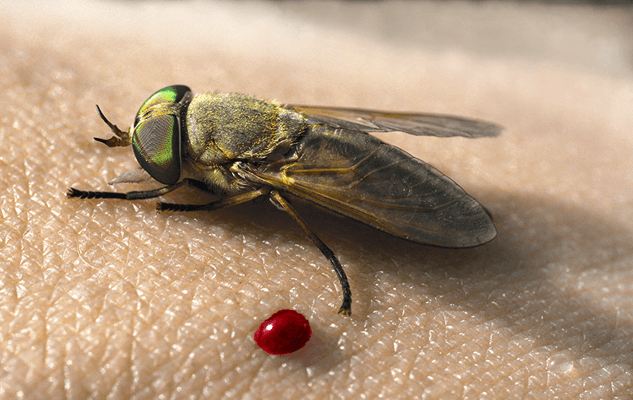


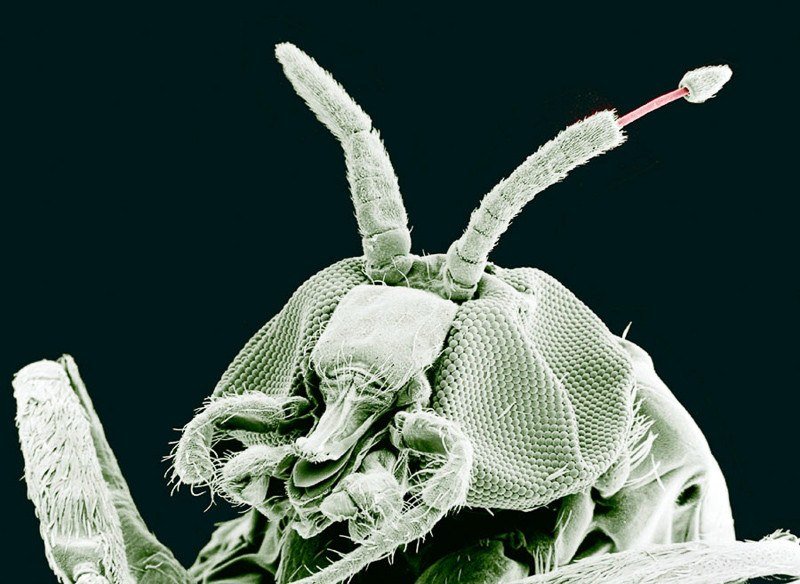
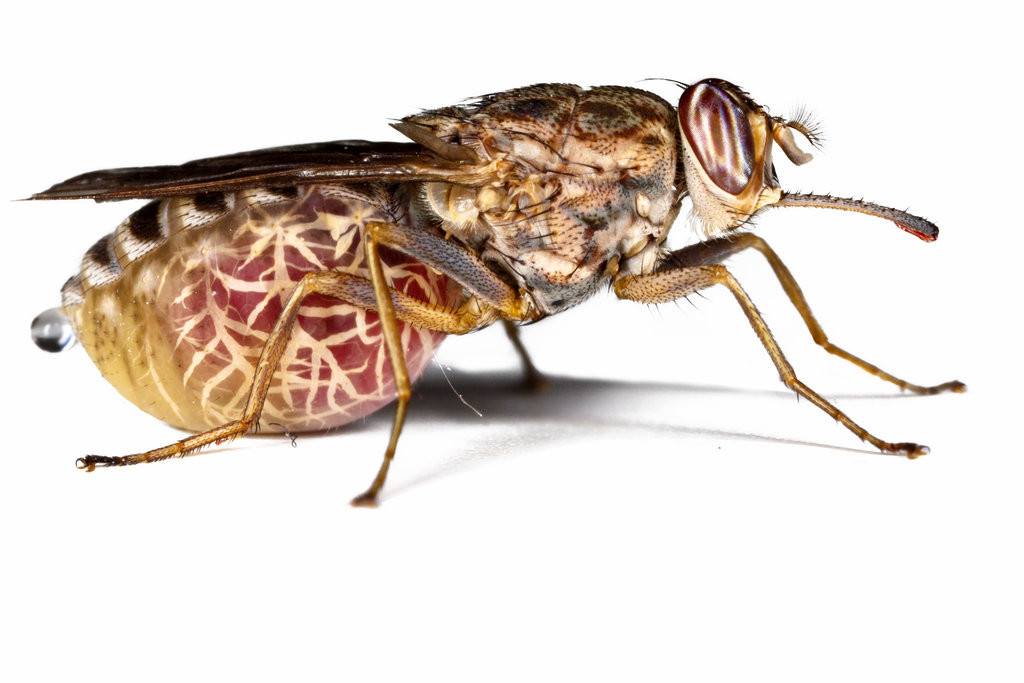
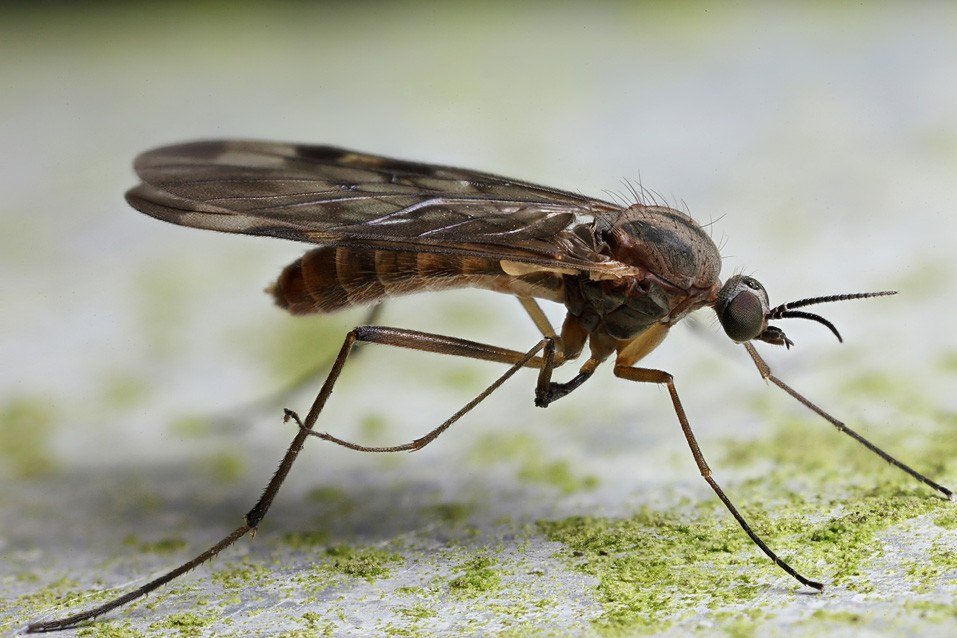


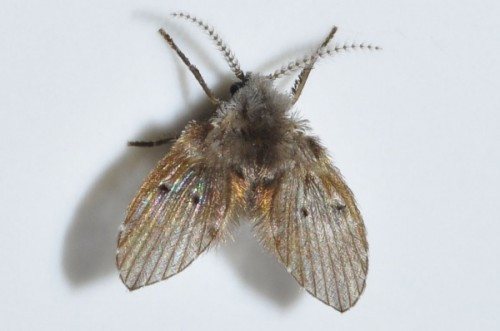
 Sewer gnats, sink flies, drain flies – no matter what you call them, these pests are a royal pain. They may not do you any harm, but they sure love to buzz around your face just to drive you mad.
Sewer gnats, sink flies, drain flies – no matter what you call them, these pests are a royal pain. They may not do you any harm, but they sure love to buzz around your face just to drive you mad. 
